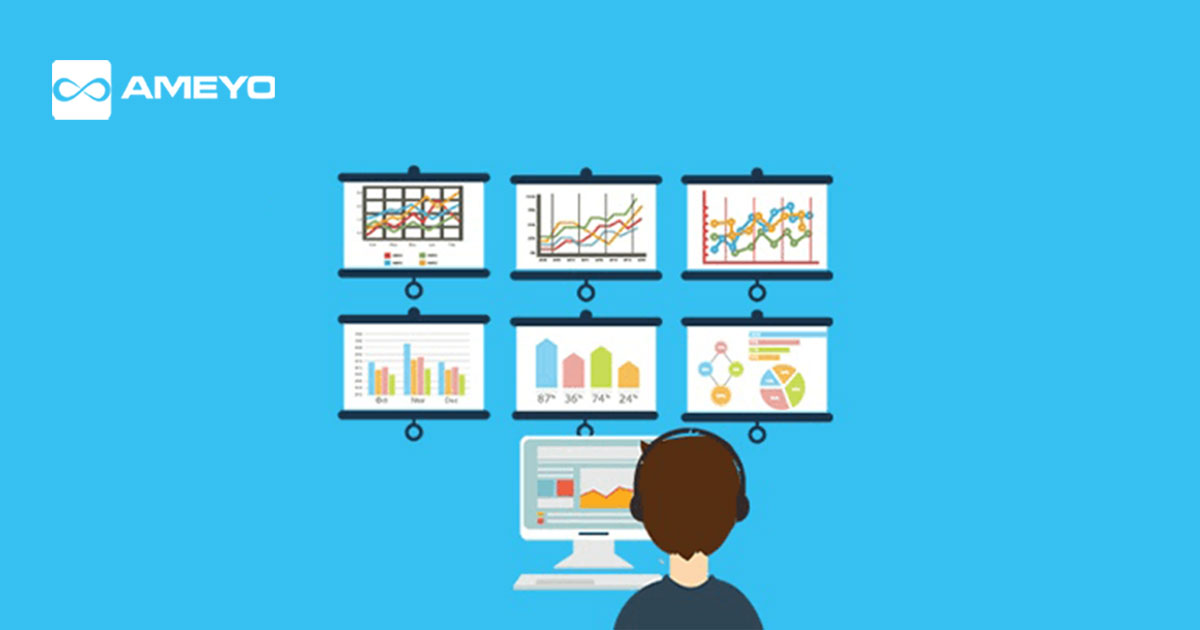Today, you see several call centers mushrooming all over your city. They have become central hubs for businesses as well as communication. These call centers cater to businesses of all kinds and fields. Call centers serve as the front line of these companies, communicating with customers and acting as a liaison between clientele and company.
What is a call center?
A call center can be defined as a center where large volumes of queries and requests are handled by executives either via telephone calls or emails. Normally, there are two kinds of call centers – inbound and outbound. An inbound call center provides support by handling calls coming in from customers. Outbound call centers hire agents to make calls to customers and are used for telemarketing, market research, debt collection, or even solicitation. Another kind is a contact center which handles individual communications via faxes, letters, social media, and e-mail.
Call centers sometimes use what is called a call center software. This contains tools that help during the calls, such as intelligent routing, switch functionality, interactive voice response (IVR), automatic call distribution, voicemail, outbound dialing, and various other aspects.
Want to explore more about Remote Contact Center Solution? Here’s a handpicked guide for you.
What is a call center’s biggest concern?
There is an old saying that goes, “Any publicity is good publicity.” Sadly, this does not apply to businesses, because the only publicity they are looking for is good publicity. One mistake by a company can spell trouble with its clients and customers. The most valuable thing to a company is its reputation. Its entire success depends on it. One bad feedback from a customer can tarnish this reputation and the company will need to spend time, money, and a lot of effort in repairing this situation. It is very easy for customers to get online these days and post a few scathing words that can cause irreparable damage. On the other hand, a positive review can do wonders. A single word of praise can bring in potential clients and customers, boosting the company’s business. Keeping this in mind, companies have recognized how important it is to keep their customers happy.
What are call center analytics?
As mentioned earlier, all correspondence with customers and clients is made via the company’s call center. So it becomes the call center’s utmost priority to ensure that all customers are satisfied.
The analytics followed by call centers enable the agents to keep the customers happy by anticipating their needs and resolving their issues. There are various kinds of call center analytics that an organization will need to follow to maintain a healthy relationship with its customers and clients.
Different kinds of call center analytics
Over the past few years, call center analytics have evolved and undergone several rounds of refining. Call center analytics are used by companies to assess the center’s methods of customer relationship management (CRM). The main aim of this approach is that the manner should be quick and responsive. Management in these call centers use these analytics to study interactions with customers, recognize patterns, locate knowledge gaps, and repair situations through training sessions or other methods. The following is a list of call center analytics applications that help can help companies refine their customer experiences.
- Speech analytics: This factor plays a major role in voice-based call center processes. This helps the agents identify, understand, and analyze the customer’s requirements and insights through a conversation. This helps them identify issues regarding the product, its operation, the system, or procedural problems.
- Text analytics: This is very similar to speech analytics, but this involves understanding the customer’s requirements through text or written documents. This is very useful when clubbed with social media interaction.
- Desktop analytics: This type helps you track and monitor your employees’ desktop activity and performance of systems, which is useful for staff interactions. This allows you to gauge the performance of your agents and their systems and guide them if necessary.
- Cross channel analytics: This is one of the most important aspects. It allows you to identify and assess the different channels used by customers to interact with your organization. Once you learn of these channels, it becomes easier for you to optimize customer interactions.
- Self–service interactions: These allow you to assess customer experiences in self-service channels such as the internet as well as interactive voice responses. This helps you identify methods to refine self-service applications and makes customer experiences much smoother and less annoying.
- Predictive analytics: This is also a very important aspect. This allows you to assess and recognize ways to effectively communicate with your customers. This helps you optimize your sales, services, and interactions. It also helps reduce average call handling time.
When these analytics are correctly incorporated, call centers can expect three kinds of benefits – improved efficiency, an increase in customer satisfaction, and a stronger sense of customer loyalty. These factors ultimately lead to higher revenue.


